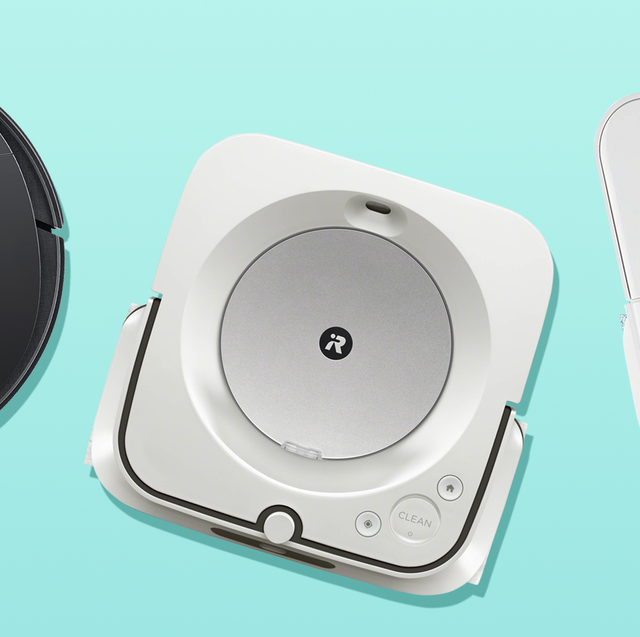
[ad_1]

Hearst
We updated this article in November 2021 to ensure all picks previously tested and vetted by the Good Housekeeping Institute Home Appliances Lab were in stock and reflected current pricing. We also updated our Roborock recommendation to the latest model and added new picks from Ecovacs and Dreametech.
Mopping the floor might be an essential cleaning task — especially in bathrooms and kitchens — but few people truly enjoy it. Imagine if you had something that did it for you without complaining and didn’t require buckets of water, a dirty mop and back-breaking effort? Enter the robot mop.
Similar to their robot vacuum counterparts, few robot mops are deep cleaners, but they can add an extra level of clean to your routine and reduce the number of times you have to do a deep-cleaning session. The Good Housekeeping Institute Home Appliances and Cleaning Products Lab evaluates hundreds of products each year, including specialized floor cleaners like steam mops and robot vacuums. That means we know what actually works — and what doesn’t — when it comes to cleaning.
When we test any wet floor cleaning tool, we evaluate how well it picks up dried messes (like sticky jelly and coffee dribbles) that we’ve applied to test floor panels installed in our Cleaning Lab. We also look at how easy the device is to use and maintain as well as how much water it leaves behind on wood, vinyl and tile floors, to assess any potential damage. The robot mops below were selected based on experience with a brand, review of product information, videos, online consumer reviews and interviews with manufacturers:
What to look for when buying a robot mop
First, you’ll have to decide between the three types of robot mops: wet mop; dry-sweep and mop combo; mop and vacuum combo. Wet mops squirt water onto your floor to loosen dirt, then wipe up the soiled liquid. Very few suction up the dirty water. Others that combine vacuuming or sweeping with mopping use damp disposable or reusable microfiber pads to wet-clean hard floors.
Next, you should also consider:
- Battery life. Look for rechargeable batteries that last at least 90 minutes. If you have a larger space to clean, look for robot mops that recharge and then resume cleaning to finish the job.
- Easy setup and maintenance. The easier the better when it comes to charging the robot mop, filling and emptying the water tank, removing or replacing the cleaning pads and setting it up to clean once or on a regular schedule.
- Safety for floor surfaces. If your home is mostly wood floors, be sure the robot mop you select is designed to clean that surface. All robot mops are safe for vinyl and tile floors.
- Floor and carpet sensors. If you have a mix of carpet and wood flooring, choose a robot mop that can determine the difference. Some robot mops have mapping features, which allow you to select only certain areas to clean.
- App integration. This is helpful if you want to see what your robot is up to, access maintenance issues or schedule cleaning sessions in advance or while you are away. You can also set up no-go zones that should not be cleaned via app instead of manually blocking off the space.
Advertisement – Continue Reading Below
This content is created and maintained by a third party, and imported onto this page to help users provide their email addresses. You may be able to find more information about this and similar content at piano.io
Advertisement – Continue Reading Below
[ad_2]
Source link
